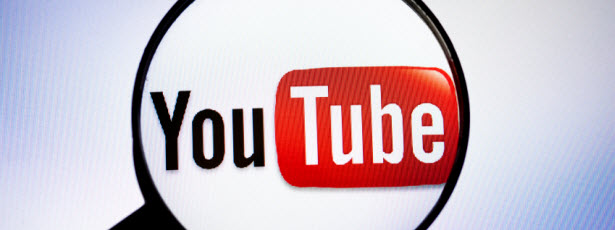Many don’t realize it, but YouTube is actually the second largest search engine on the web. Video is becoming more and more crucial to a company’s online marketing strategy, so it’s important to not only have a YouTube channel with engaging videos, but to make sure those videos are seen by your audience. In other words, you need an SEO strategy for YouTube for the same reasons you need one for Google. How you structure a YouTube SEO strategy is slightly different than you might be used to, but the benefits are the same.
What YouTube Looks for When Ranking Videos
Just as you follow Google algorithm updates to see what they’re looking for when they rank content, it’s important to know some of the things that YouTube looks for when crawling videos. I wrote an article for SEO.com here that goes into more detail, but the main signals include:
- How many times a video has been viewed.
- How long someone spends watching a video.
- How often a video appears in someone’s playlist.
- How many positive rankings and comments the video has.
- The number of subscribers the video’s creator has.
- How often the video is added as a favorite to a playlist.
- How many times the video was embedded on the web.
Keep in mind: As you can see, for YouTube it’s not simply about getting your video to rank and earning those clicks, but what happens after someone clicks is crucial to your future success (do they add it to a playlist, write a comment, spend a long time watching the video, etc.). In other words, your video has to be quality and it has to be relevant to your audience.
Basic YouTube SEO Strategies for Beginners
Below are a few must-haves when it comes to a YouTube SEO strategy:
-
Keywords and Tags.
No surprises here: Keywords matter. Completing keyword research for YouTube can help you figure out the best topics and how to optimize your video page with keywords. Remember that the bots cannot actually see your video, so keywords are really all they have to work with when categorizing the video and understand what it’s all about. The YouTube Keyword Research Tool has unfortunately been discontinued, but you can use tools like MetaGlossary.com or Ubersuggest.org to research keywords for YouTube. Learn more ideas here. Use the same thought process that you use for Google: You don’t want to try and optimize for the top keyword, but ones that have a good gap in terms of volume and competition.
As for tags, these will allow you to give YouTube even more information about the contents of your video. Try to include your location, categories, and names of people in the video. The more specific you can get here the better.
-
Title and Description.
A YouTube title can be 120 characters, so you want to make sure you use your keywords (naturally) and you make it engaging to encourage more clicks. Your description should be similar. Use keywords and other related words to help the YouTube bots classify your video correctly, and more importantly to give readers information about your video. If you have a short video, consider putting the transcript in the description section.
It’s also worth noting that oftentimes YouTube descriptions can get cutoff, so you should put a link to your website at the top of your description for people who may want to learn more.
-
Link Profile.
This point works pretty much exactly the same as it does when optimizing a webpage on your site. You want to have links pointing back to your YouTube video page on various authoritative blogs and publications on the web (not just those found on YouTube). Remember that YouTube is owned by Google, so the way you should build your links should follow the same best practices as those you focus on for your website—quality is more important than quantity.
-
Thumbnail Optimization.
This isn’t considered a “basic” YouTube SEO tip for many, but in my opinion this is one of those things that will improve your website’s numbers dramatically. People want to see a quality thumbnail image, and too many companies have something blurry, confusing, or nothing at all. Creating a custom image can help give you control over what someone will see before they decide to click. Visit this article to learn more about custom thumbnail images. In short, you want to have a resolution of 1280 X 720, a 16:9 aspect ratio, and a .jpg, .gif, or .png form.
-
Extra: Watch the Right Metrics.
Finally, part of optimization is understanding what metrics to watch so that you know where you should put your efforts. You can find your analytics at http://www.youtub.com/analytics. Below is a screenshot I setup of what you will see:
The left hand corner shows you all of the options you have for looking at your analytics split into Views and Engagement. I recommend watching the Minutes Watched, Playback Locations, Sharing, and Subscribers. Following these metrics coincide directly with what YouTube looks for when ranking videos, so it will help you know where you should put your optimization efforts. Learn more here.
Moving Forward
A few of the more advanced options you can try with YouTube include YouTube annotations, channel trailers, and channel sections. Using some of these features can help you stand out from the crowd even more, but be sure you have the basics down first.
Do you have any experience with YouTube SEO? What has or has not worked for you in the past? Get the conversation going in the comment section below.
